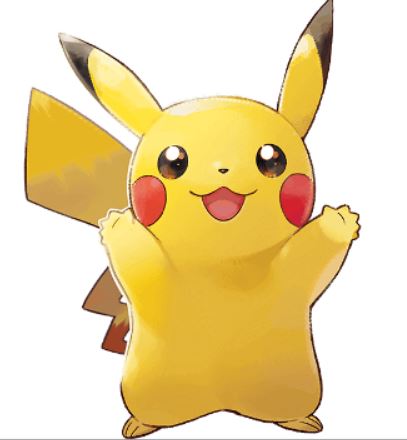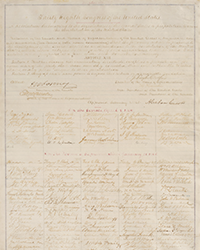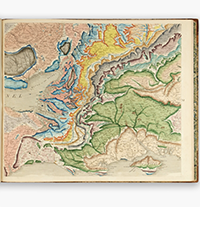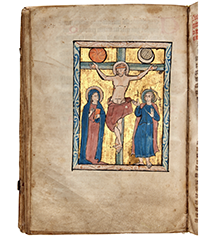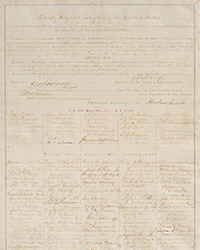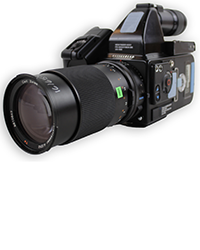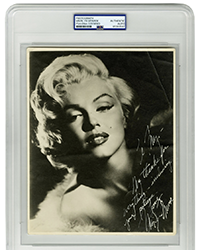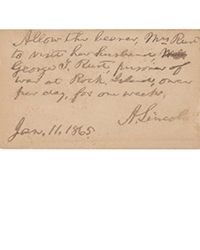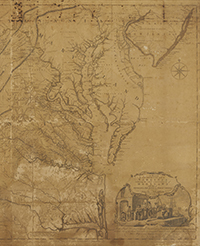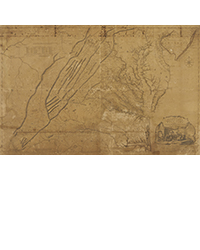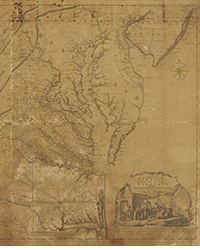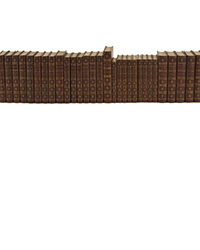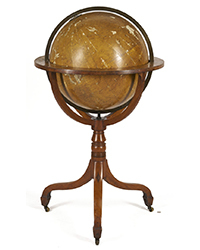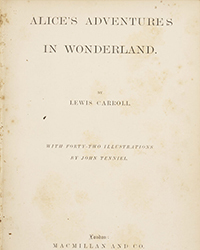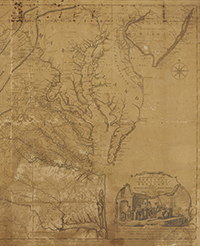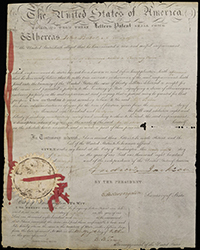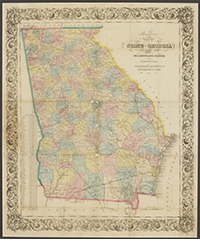The already hot market for Pokémon Trading Cards gained additional traction at the Aug. 8 Pokémon Masters auction sale hosted by Heritage. That sale featuring 106 lots brought in a total of $1,360,858. The top selling item was lot 36037 - a 1999 Pikachu Illustrator trading card produced as a prize for a contest hosted by the Japanese comic magazine CoroCoro. It realized $625,000. Many other coveted Pokémon items were not far behind.
(Rare Book Hub subscribers can find complete auction results here and view the individual high value illustrator card here Reminder, subscribers must log into their RBH account to view the links. Non-subscribers can see the individual items at the Heritage site here - but must register with Heritage to view the prices realized.)
If you’re over 40 the amazing growth in the perceived value of collectible trading cards, especially Pokémon, is probably flying below your radar. It’s equally unlikely you’re heading out to Walmart and buying them by the pallet load with dollar signs glittering in your cartoon eyeballs.
On the other hand, if you were born around 1990 and started playing the game on one of the early hand held devices and collecting the cards as a kid, it’s a different story.
Pokémon video games were created by the development company Game Freak and are owned by Game Freak, Nintendo, and Creatures Inc. through The Pokémon Company. Game Freak developed the original Pocket Monsters (Pokémon) games, while Nintendo publishes them, and Creatures Inc. manages the Pokémon trading card game and holds some original ownership rights. Of those firms only Nintendo is publicly traded as an over the counter stock, the rest are privately held. A wiki on the Pokemon Company is here .
The company started in Japan in 1996. Pokémon was introduced to the U.S. market in August 1998, with the launch of the video games Pokémon Red and Blue and the anime series in September of the same year. The Pokémon Trading Card Game followed in January 1999, with early demo cards available in 1998.
Whether you started in Japan or the US, if you were onboard for any of those events and continued to trade and collect you’ve been doing it for more than two decades and have likely followed all the twists and turns in the phenomenal growth, global popularity and monetary value of the cards. Virtual innovations like Pokémon Go, introduced in 2016, only increased the fan base. Early enthusiasts have been into this hobby/cum investment for more than two decades.
And now they are adults, mostly male and some in high earning tech fields with ample disposable income. Along with those warm fuzzy nostalgic feelings about the games of their childhood, it’s very likely many have spreadsheets on the appreciation of their collection(s), and are well aware that values for selected cards have skyrocketed.
“Skyrocketed” is perhaps an understatement, as recent reports show the early and desirable items outpacing almost every other known kind of asset in terms of rapid appreciation. For those who got in at or near the beginning, traded up and weren’t duped by fakes and scams, it’s been a relatively fast, and extremely profitable ride.
Did you know that according to a recent special issue of TIME, published July/August 2025, Pokémon is the highest grossing media franchise ever when it comes to total dollars earned through merchandise, box office, television and games? Citing Statistica, Time puts the Pokemon total value at $100B, bigger than Hello Kitty at $84.5B, bigger than Disney’s Mickey Mouse and Friends at $80.3 B and bigger than all of the Star Wars empire, which trails at $68.7B. (And just in passing, in keeping with the “Gotta catch them all” theme, the TIME special issue came out with ten (10) different covers.)
For the Boomers, a generation long accustomed to look for value in old master drawings, rare books, antique maps, autographs, historic photos and other incarnations of antiquarian paper, the sheer magnitude of these Pokémon numbers come as quite a revelation. Equally interesting, given the sheer magnitude of the numbers, is there has been relatively little traditional financial reporting on the game, the cards and their collectors, and the companies and creators behind the hoopla.Though the internet teems with sites, podcasts and videos devoted to this genre, it’s not the kind of stuff that most grown-ups follow, but trust us, that is changing fast.
The TIME special issue is one way to come up to speed on the trend, another is a recent July 12 article in Fortune headlined “Gen Z men are obsessed with Pokémon cards—they’re using ‘boy math’ to argue that they’ll beat Nvidia stock and the S&P 500.”
According to the Fortune story, “Pokémon cards have seen the largest long-term increase in value among all card categories: up 3,261% over 20 years, according to data provided to Fortune from Card Ladder. Even looking at a one-year investment, the average Pokémon card is increasing at nearly 46%—a pace far exceeding hot stocks like Nvidia so far in 2025 or the S&P 500’s average 12% annual return rate.
“While cards have to be rare and in pristine condition to make significant profits, the industry frenzy has left the shelves of retailers like Walmart and Target bare—and even caused some stores to enact limits or pauses on selling altogether. And online, it’s pushing the resale market to new heights.”
Fortune reported,“Users on eBay searched for “Pokemon” nearly 14,000 times per hour in 2024, according to Adam Ireland, VP and GM of global collectibles at eBay. And pairing the Pokémania with continued demand in the sports card world (thanks to athletes like Caitlin Clark and Michael Jordan), it’s created a perfect storm of opportunity for the trading card industry. The total gross value of cards on eBay has increased for nine consecutive quarters.
“‘The trading card hobby has entered a new era, driven by technology, innovation, community, and a great balance of modern creativity–with new sets, storylines and characters–alongside good old nostalgia,’” Ireland told Fortune.
OK Boomer, you are not alone if you find it hard to believe that these little rectangles of cardboard, with a jillion different cartoon characters perhaps enhanced by a bit of foil or a holographic feature, are regularly bringing these astronomical prices. Can that be real? And more importantly how long will that last?
Well, some think it might have legs. The Fortune article goes on to observe, “While the trading card industry was on the brink of extinction following overproduction in the 1990s, it’s since recovered and is booming. Sports cards bring in $1 billion in annual revenue for manufacturers and retailers, according to The Athletic. Pokémon alone brought in a similar number, and was the only toy to surpass $1 billion in sales last year, says Circana data.
“And even though over 75 billion Pokémon cards have been produced (enough to wrap around Earth end-to-end 165 times), demand is still skyhigh, according to Barry Sams, vice president of game development and community engagement at The Pokémon Company International.”
The TIME special issue makes much of the nostalgia factor, the genuine affection collectors feel for the enthusiasms of their youth, but it also takes pains to point out that there is, as might be expected, plenty of deception, fake, fraud, and downright counterfeiting.
Other sources have been critical of the entire grading and authentication process. In theory according to an AI summary, “Grading and authenticating trading cards involves sending your cards to a third-party service, like PSA, CGC, or BGS, which inspects the card for authenticity and condition on a 1-10 scale, then encases it in a protective, sealed case (a "slab") with a label detailing the card's specifics and grade. This process helps to verify genuineness, preserve the card's quality, and potentially increase its market value for collectors and investors.”
But many suspect the veracity of the grading system leave much to be desired, and even a superficial search of YouTube videos and Reddit comments brings up the word “scam” and its many synonyms.
Do these cards have any real value other than sentiment and hype? That depends on your age and how early you bought into the cycle. It’s clear that they and other similar items are bringing record prices, but whether that’s sustainable and whether increasing scrutiny will raise serious questions about market manipulation, well… the jury is still out.
A comparison that comes up frequently equates the boom in card values to the “meme” stock model. According to Investopia, “A meme stock refers to the shares of a company that have gained viral popularity due to heightened social (media) sentiment. This is usually due to activity online and particularly on social media platforms. These online communities can dedicate heavy research and resources toward a particular stock.
“Meme stocks often have heavier discourse and analysis in discussion threads on websites like Reddit and posts on platforms such as X (formerly Twitter) and Facebook.”
The same can be said about the cards: they are closely followed, heavily promoted on social media, endlessly discussed, analyzed and hyped to feed the speculative frenzy.
But what happens when the boys of Gen Z age out? Will there be anyone left who thinks that these cards have any significant intrinsic value? Or will they be like so many of the collections treasured by today's geriatric Boomers, who increasingly find that their own collections of more traditional antiquarian material arouse little interest and have few takers. Often their kids and grandkids just don’t want any of it, and sometimes neither does the market.
—----------
Reach RBH writer Susan Halas at wailukusue@gmail.com

